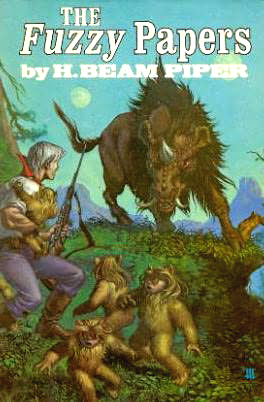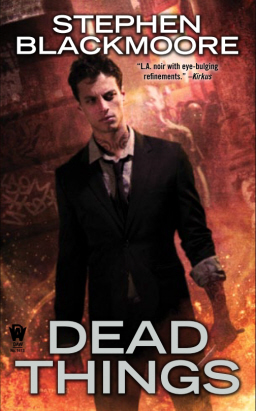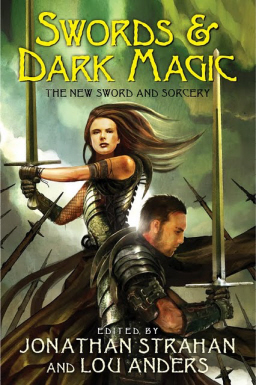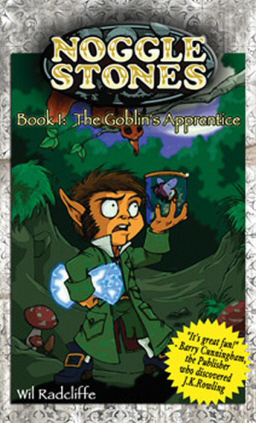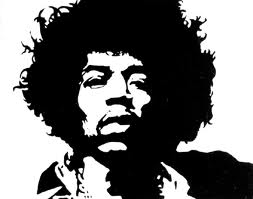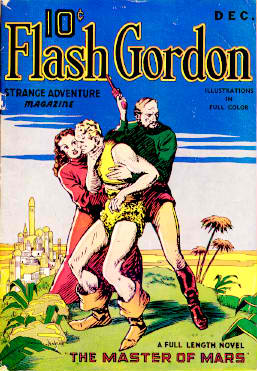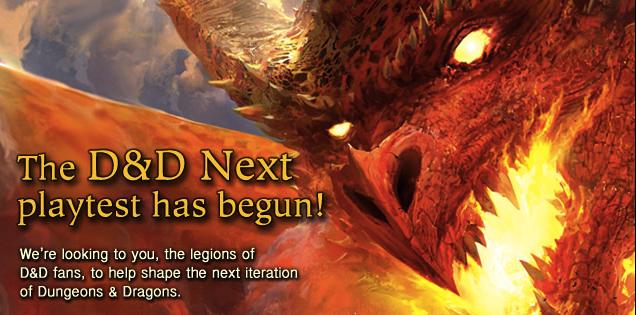The Weird of Oz Gabs About Groundhog Day
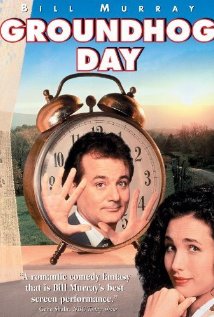 In this day-after-Groundhog-Day edition of “The Weird of Oz,” I’ll consider how — and why — the 1993 film Groundhog Day has quietly joined the ranks of American classics.
In this day-after-Groundhog-Day edition of “The Weird of Oz,” I’ll consider how — and why — the 1993 film Groundhog Day has quietly joined the ranks of American classics.
First, let me quickly situate this film with regard to how it warrants discussion on a website devoted to fantasy media (an interesting issue David E. Harris raised in his post of December 26, 2012). Although billed as a comedy, and by no means a traditional fantasy or supernatural tale, it does fall under the umbrella of speculative fiction.
Tolkien, in his essay “On Fairy-Stories,” noted that all imaginative fiction begins by posing a question: “What if?” He offers the example of someone imagining a green sun: “To make a Secondary World inside which the green sun will be credible, commanding Secondary Belief, will probably require labour and thought, and will certainly demand a special skill, a kind of elvish craft.”*
How would the world be different given the changed variable(s)? The “what if” question puts the speculative into speculative fiction. What if ghosts are real? What if werewolves existed? What if a ghost, a werewolf, and a vampire shared a flat? What if corpses began rising from the dead? What if an alien lord traveled through time and space in a British police call box?
Groundhog Day’s premise is that the protagonist wakes one morning to discover the day he just lived is repeating itself. What if a person were caught in a time loop so that he kept living the same day over and over, never aging yet retaining all his memories?
